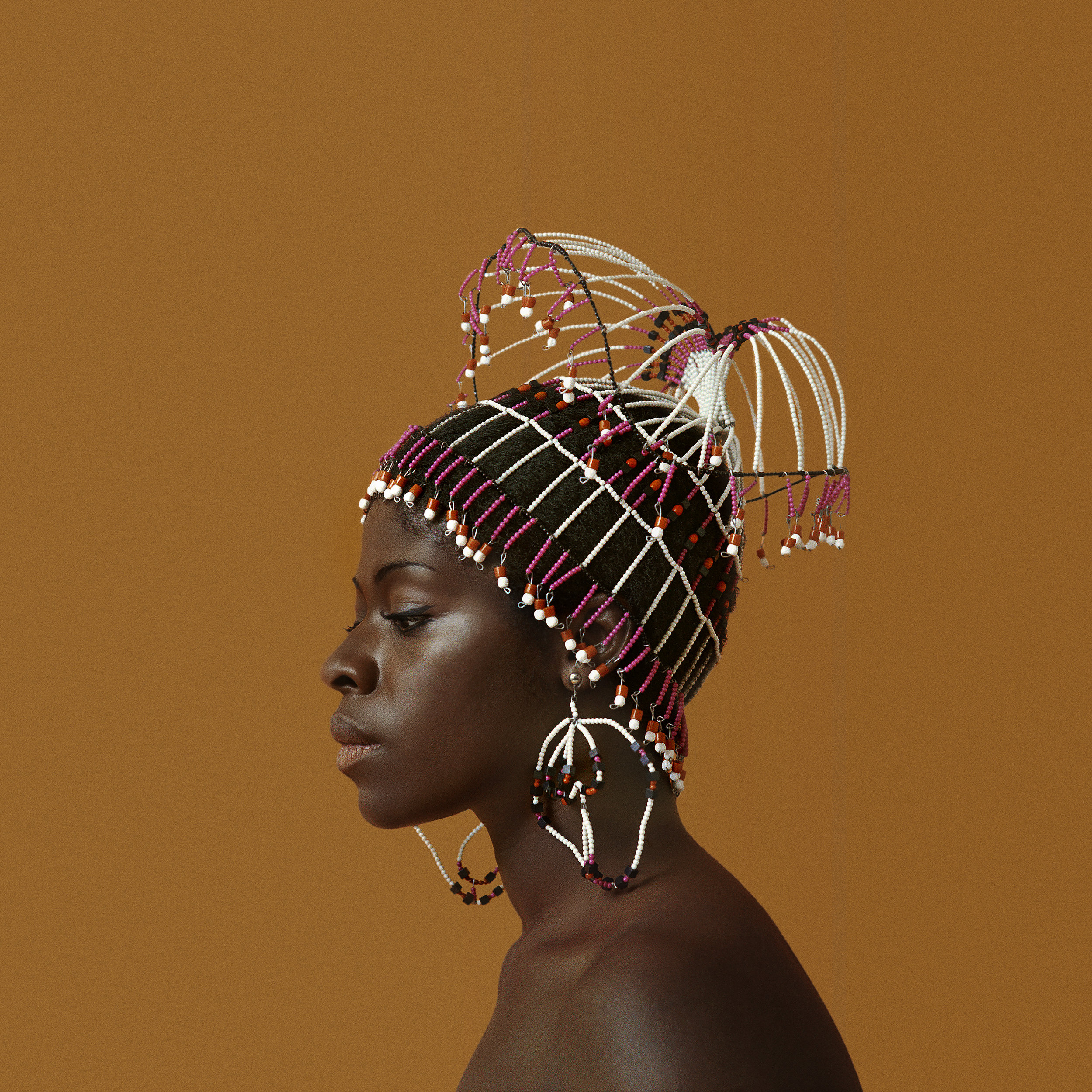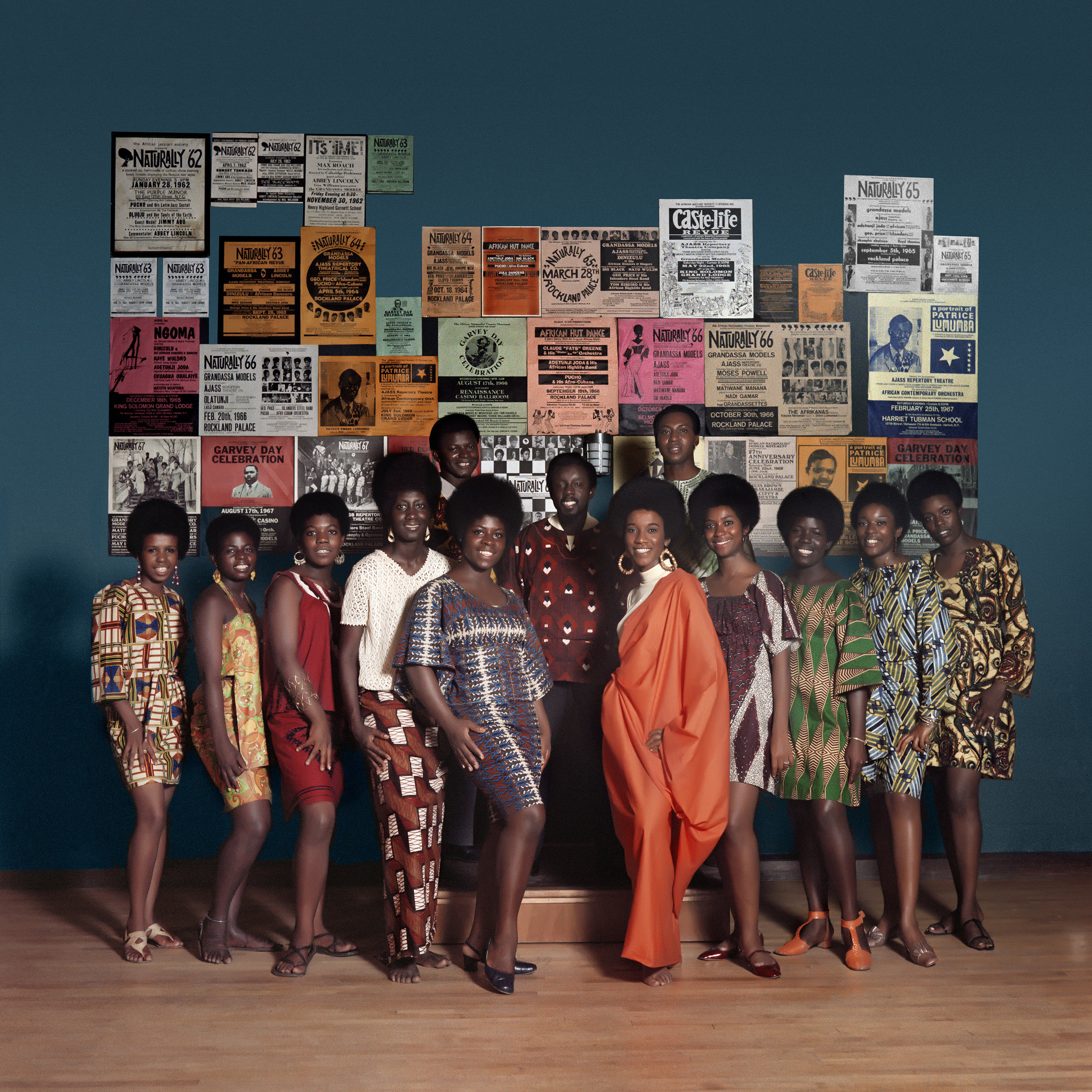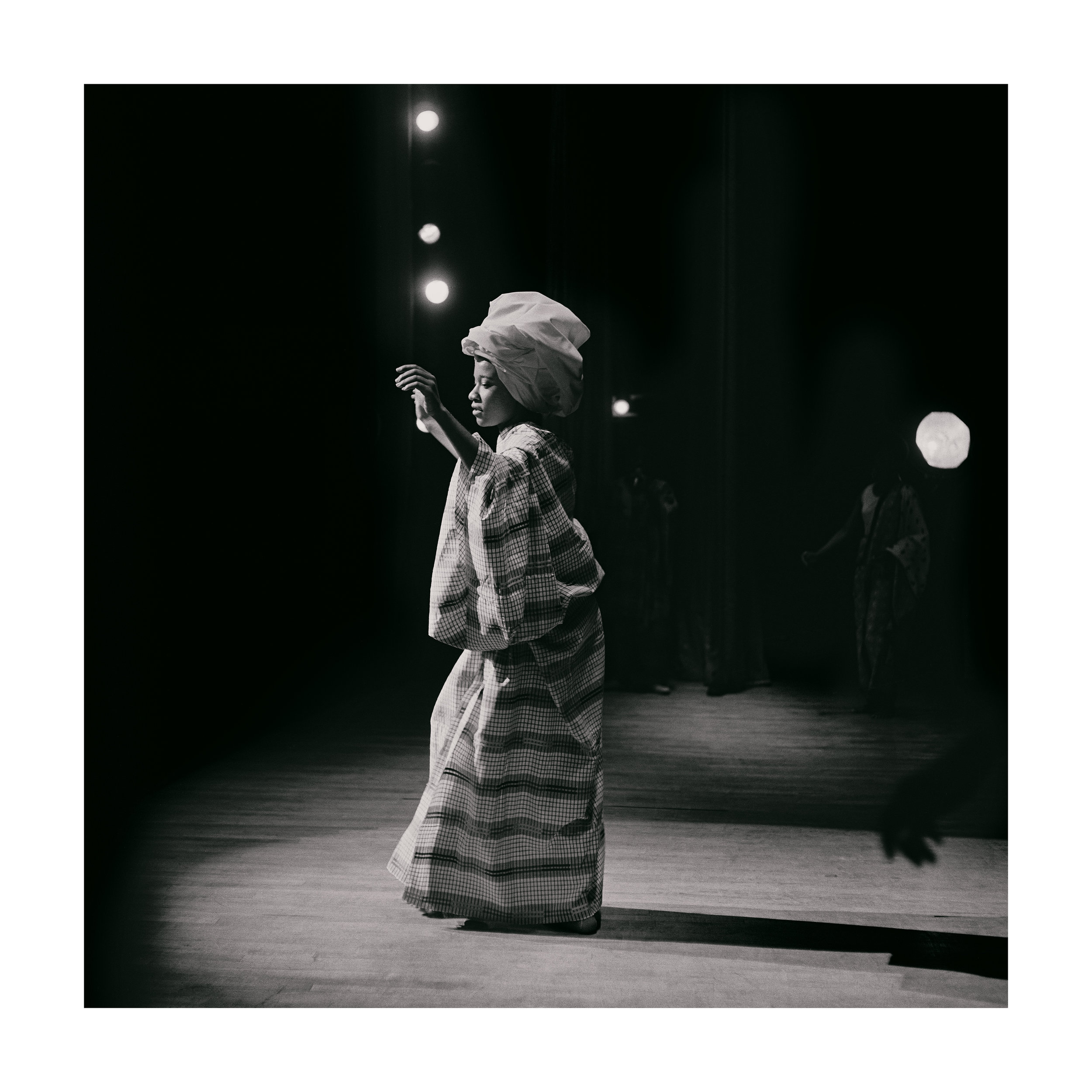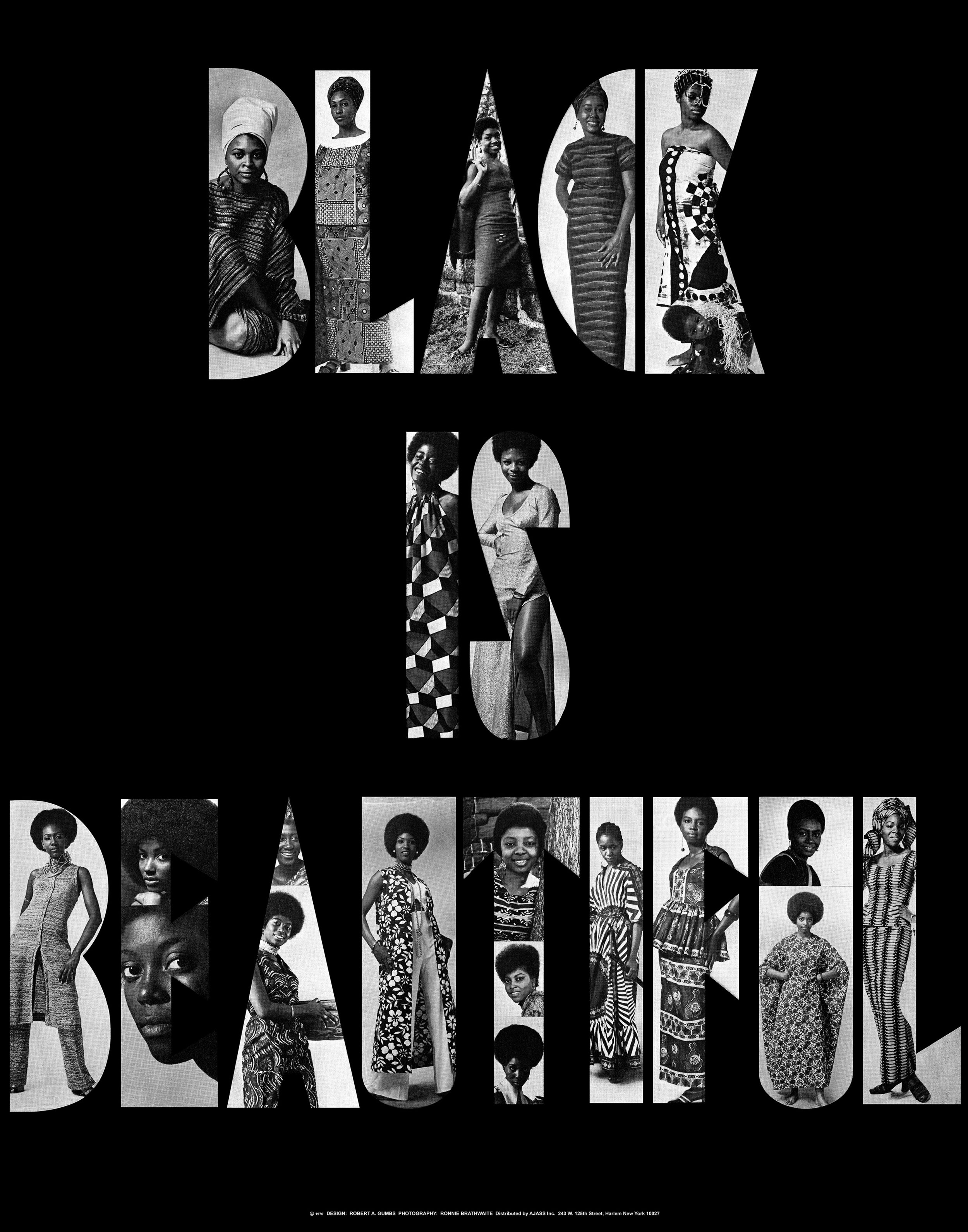Robert Peterson [American, b. 1981]. Soulful, 2023. Oil on canvas. 72 x 54 inches | 183 x 137 cm. Image courtesy the artist and albertz benda, New York | Los Angeles. Photo by Thomas Müller.
Albertz benda New York is presenting Lanise Howard and Robert Peterson’s Reflections. Both artists are known for their exquisite paintings of people of color. Given the lacuna of positive representations of people of color in the history of art, both artists contribute to remedying this historical erasure, creating works that reveal their sitters as beautiful, strong and complex beings. The American painter Barclay L. Hendricks (1945 – 2017) is acknowledged as an inspiration to both artists and their work may be read in this lineage of figurative painting.
Howard creates open calls for models to pose for photographs as source material, and often constructs scenarios in which her sitters wear specific garments in staged poses. Her work positions contemporary African American people as protagonists in paintings that can be read as allegorical and that are often set in ethereal landscapes that imagined a world without colonialization. Howard’s backgrounds range from ombre amber or stormy dark skies to verdant green flora, presenting the earth as a magical protagonist.
Peterson is known for his depictions of young men seen in the reality of their daily lives: do-rags, white tanks, and low-slung jeans, which are often described in pejorative terms in popular culture, are elevated in his work. He focuses, as he says, “on the beautiful thing that is black life”. Working from short photo shoots—he keeps them brief so that they feel natural rather than staged—he uses people from his local area as sitters to create poignant and confident portraits of contemporary black life.
Reflections is on view through July 8 at albertz benda, 515 West 26th Street New York, NY 10001

![Robert Peterson [American, b. 1981]. Soulful, 2023. Oil on canvas. 72 x 54 inches | 183 x 137 cm. Image courtesy the artist and albertz benda, New York | Los Angeles. Photo by Thomas Müller.](https://images.squarespace-cdn.com/content/v1/544cb720e4b0f3ba72ee8a78/536d39d6-1c0d-4a42-a0fc-08ecbc603b17/AB14162_Peterson_Soulful_lg.jpg)
![Lanise Howard [American, b. 1993]. Lady in waiting , 2023. Oil on canvas. 36 x 24 inches | 91.5 x 61 cm. Image courtesy the artist and albertz benda, New York | Los Angeles. Photo by Thomas Müller.](https://images.squarespace-cdn.com/content/v1/544cb720e4b0f3ba72ee8a78/1687333513829-7YZ50SQLLUP912A6ZUKP/AB14169_Howard_Lady+in+waiting_lg.jpg)
![Lanise Howard [American, b. 1993]. His lure , 2023. Oil on canvas. 14 x 11 inches | 35.5 x 28 cm. Image courtesy the artist and albertz benda, New York | Los Angeles. Photo by Thomas Müller.](https://images.squarespace-cdn.com/content/v1/544cb720e4b0f3ba72ee8a78/1687333521207-FPK9D5QIA2CWWQOVYMMN/AB14225_Howard_His+lure_lg.jpg)
![Lanise Howard [American, b. 1993]. Waiting on a memory , 2023. Oil on canvas. 30 x 24 inches | 76 x 61 cm. Image courtesy the artist and albertz benda, New York | Los Angeles. Photo by Thomas Müller.](https://images.squarespace-cdn.com/content/v1/544cb720e4b0f3ba72ee8a78/1687333527867-DHW1YULFRJLNY4DNTHSS/AB14170_Howard_Waiting+on+a+memory_lg.jpg)
![Robert Peterson [American, b. 1981]. Gods Favorite , 2023. Oil on canvas. 72 x 96 inches | 183 x 244 cm. Framed Dimensions: 73 9/16 x 97 5/8 inches | 187 x 248 cm. Image courtesy the artist and albertz benda, New York | Los Angeles. Photo by](https://images.squarespace-cdn.com/content/v1/544cb720e4b0f3ba72ee8a78/1687322963240-K78VUUPLQ7EO8ZOV7D8G/AB14161_Peterson_God+Favorite_lg.jpg)
![Robert Peterson [American, b. 1981]. Skin Noir , 2023. Oil on canvas. 48 x 64 inches | 122 x 162.5 cm. Framed Dimensions: 49 9/16 x 65 9/16 inches | 126 x 166.5 cm. Image courtesy the artist and albertz benda, New York | Los Angeles. Photo by Thoma](https://images.squarespace-cdn.com/content/v1/544cb720e4b0f3ba72ee8a78/1687322971633-XPSY9NNVCWIR548YDOLV/AB14163_Peterson_Skin+Noir_lg.jpg)





